The 2022 growing season was the most eventful production cycle for cereals with price/cost movements, on a level not seen for half a century. Winter wheat is the most ‘sensitive’ of cereal crops in this scenario with its high-input/high-output production system, and carries the tag of being a more high-risk crop in a volatile market environment.
Thankfully, the 2022 season was an almost-perfect growing season for winter wheat in Ireland and the high yields, excellent quality and great harvest conditions led to excellent returns for the crop. High to very high levels of disease control were a central part of the winter wheat story in 2022, and while disease pressure was moderate in most farm crop scenarios, the level of disease control and fungicide efficacy was high.
In trial sites across the country, untreated plots carried plenty of disease in June and July 2022 and when people talked of ‘low disease pressure’, it was a relative term, which needed to be kept in context and not used in a generalised way.
Impact of weather and
chemistry on crop performance
Good fungicide programme performance in wheat during recent years has had two key components – weather and chemistry. The weather has been relatively benign in the last few years with low to moderate summer rainfall – the last truly wet summer was 2012.
However, there have been regional variations in weather with the wet summer in Munster with 2021 being the most notable ‘wet’ period. This resulted in high septoria pressure which meant challenging conditions for disease control in wheat.
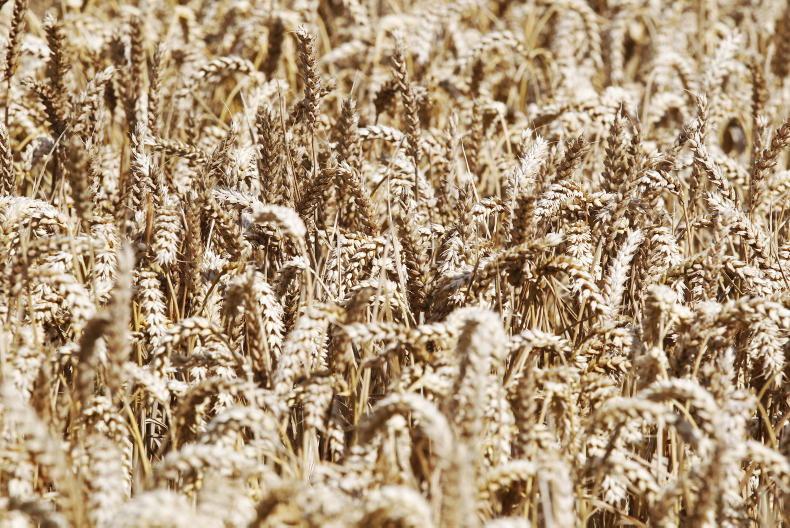
Winter wheat farmers should be aiming for 14-15t/ha.
The introduction of new fungicide chemistry, Revystar and Questar, has also been very important in bringing higher disease control efficacy to fungicide programmes. The use of robust mixtures with contact partners have worked well in programmes. Folpet is not chlorothalonil, but it is reliable and effective, and when used in a planned way, it is very consistent in its field performance (as detailed later).
Good weather for spraying brings accurate spray timings, which delivers higher fungicide efficacy and this has also been a notable part of the recent story. So there is a very positive underlying fungicide story contributing to the good wheat years.
The important factor of genetics in Septoria resistance
Genetics are the other big contributor to the wheat story – the Recommended list system is now consistently delivering wheat varieties well-adapted to Irish conditions, with moderate Septoria resistance. This is a big plus and credit goes to the high-quality evaluation and rigorous testing in the trials programme run by the Department of Agriculture, Food and the Marine (DAFM).
Breeders have made good progress in recent decades with gradually building up genetic resistance, and while setbacks are a reality – ‘Cougar’ gene weakness in many commercial wheat lines, as documented in Teagasc’s recent research, being the notable example – there has been steady positive progress. Currently, the typical winter wheat variety is now ‘moderately’ responsive to a fungicide programme, whereas 15 to 20 years ago varieties were more accurately described as ‘highly’ responsive.

Winter wheat in Co Meath. \ Barry Cronin
The more exciting part of the genetic story is yield potential. Wheats in 2023 have a genetic potential to yield 14 to 15 t/ha on farm on good wheat land, with good nutrition and plenty of sunshine. Note the word ‘good’ here – it does not need to be high. These wheat crops were on many farms in Ireland in 2022 and the sunshine-level during grain-filling was very good, but there was a seven-to 10-day dull, wet period at the end of June, which took the edge off yield potential.
East of England winter wheat trial
In the East of England, I conducted trials on high-quality wheat land in 2022 with better radiation levels and wheat yields were 16 to 17 t/ha.
I was stunned when we started getting these yields off the combine plot after plot, as it is serious yield and I had never hit these yields before in over four decades of trialling. But then you start thinking it through and, genetically, this is what we expect – winter wheat has this genetic potential and we need to grow the crop respecting this fact.
If we grow the crop aiming for 10 to 12t/ha, we can except a 10 to 12 t/ha outcome. If we grow the crop in anticipation of 15t/ha plus potential, then we are respecting the true genetic potential and ‘productivity’ factor. For tillage farmers, land access is currently the biggest challenge – a key response is to achieve high productivity and high-quality husbandry with well-planned and targeted input management.
No need to max out on everything – that would be waste and excess. Winter wheat’s recommended N-use, its accuracy, well-timed N, well-timed PGR-use, micro-nutrients where needed and other stimulants (if proven to be helpful) and a fungicide programme, which does not have shortcuts and penny-pinching.
Key things to know about
fungicide dosing
When I lecture on the topic of disease management to final-year crop students in University College Dublin (UCD), as I have done for the last 20 years, I tell them that the two most important graphs to remember are in the AHDB Disease Management Guide.
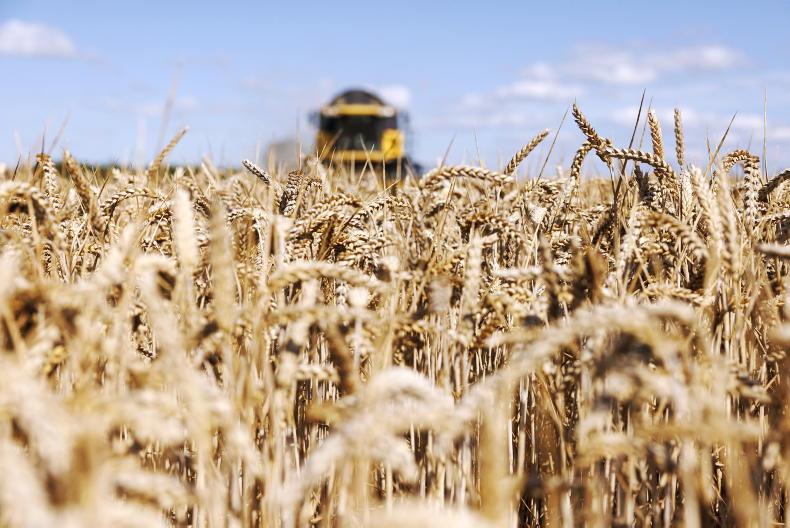
Winter wheat farmers should be aiming for 14-15t/ha. \ Donal O' Leary
One is Fungicide Dose and Margin, and the other is Fungicide Dose and Wheat Price – the data needs careful consideration and have a few key messages:
Reducing fungicide-dose has little or no payback on wheat.Robust fungicide-dose has negligible, if any, financial downside and can have a big upside (in wet years).Fungicide-dose is very inflexible with wheat price – in both directions.So, a high level of disease control in wheat is an essential part of crop management to achieve high-yield potential. It should not be part of the crop management programme to swerve the strategy from low-cost to high-input or to skip sprays or product partners. The key strategy is to maximise green-leaf area and duration so the crop can realise its high yield potential – and this high-yield environment is needed when growing wheat.
There are ‘low input’ fungicide-use options for cereal crops, but not for winter wheat in Ireland unless you want to risk yield potential. My PhD thesis in the 1990s was ‘A study of reduced input use in winter wheat’. The key outcomes were: lower inputs mean lower yields, while with lower prices farmers must manage risk and be risk-averse, and it clearly showed that fungicide inputs must be managed within this framework.
So the message for 2023 is – budget for ‘moderate’ yields, but plan for high yields.
The 2022 growing season was the most eventful production cycle for cereals with price/cost movements, on a level not seen for half a century. Winter wheat is the most ‘sensitive’ of cereal crops in this scenario with its high-input/high-output production system, and carries the tag of being a more high-risk crop in a volatile market environment.
Thankfully, the 2022 season was an almost-perfect growing season for winter wheat in Ireland and the high yields, excellent quality and great harvest conditions led to excellent returns for the crop. High to very high levels of disease control were a central part of the winter wheat story in 2022, and while disease pressure was moderate in most farm crop scenarios, the level of disease control and fungicide efficacy was high.
In trial sites across the country, untreated plots carried plenty of disease in June and July 2022 and when people talked of ‘low disease pressure’, it was a relative term, which needed to be kept in context and not used in a generalised way.
Impact of weather and
chemistry on crop performance
Good fungicide programme performance in wheat during recent years has had two key components – weather and chemistry. The weather has been relatively benign in the last few years with low to moderate summer rainfall – the last truly wet summer was 2012.
However, there have been regional variations in weather with the wet summer in Munster with 2021 being the most notable ‘wet’ period. This resulted in high septoria pressure which meant challenging conditions for disease control in wheat.

Winter wheat farmers should be aiming for 14-15t/ha.
The introduction of new fungicide chemistry, Revystar and Questar, has also been very important in bringing higher disease control efficacy to fungicide programmes. The use of robust mixtures with contact partners have worked well in programmes. Folpet is not chlorothalonil, but it is reliable and effective, and when used in a planned way, it is very consistent in its field performance (as detailed later).
Good weather for spraying brings accurate spray timings, which delivers higher fungicide efficacy and this has also been a notable part of the recent story. So there is a very positive underlying fungicide story contributing to the good wheat years.
The important factor of genetics in Septoria resistance
Genetics are the other big contributor to the wheat story – the Recommended list system is now consistently delivering wheat varieties well-adapted to Irish conditions, with moderate Septoria resistance. This is a big plus and credit goes to the high-quality evaluation and rigorous testing in the trials programme run by the Department of Agriculture, Food and the Marine (DAFM).
Breeders have made good progress in recent decades with gradually building up genetic resistance, and while setbacks are a reality – ‘Cougar’ gene weakness in many commercial wheat lines, as documented in Teagasc’s recent research, being the notable example – there has been steady positive progress. Currently, the typical winter wheat variety is now ‘moderately’ responsive to a fungicide programme, whereas 15 to 20 years ago varieties were more accurately described as ‘highly’ responsive.

Winter wheat in Co Meath. \ Barry Cronin
The more exciting part of the genetic story is yield potential. Wheats in 2023 have a genetic potential to yield 14 to 15 t/ha on farm on good wheat land, with good nutrition and plenty of sunshine. Note the word ‘good’ here – it does not need to be high. These wheat crops were on many farms in Ireland in 2022 and the sunshine-level during grain-filling was very good, but there was a seven-to 10-day dull, wet period at the end of June, which took the edge off yield potential.
East of England winter wheat trial
In the East of England, I conducted trials on high-quality wheat land in 2022 with better radiation levels and wheat yields were 16 to 17 t/ha.
I was stunned when we started getting these yields off the combine plot after plot, as it is serious yield and I had never hit these yields before in over four decades of trialling. But then you start thinking it through and, genetically, this is what we expect – winter wheat has this genetic potential and we need to grow the crop respecting this fact.
If we grow the crop aiming for 10 to 12t/ha, we can except a 10 to 12 t/ha outcome. If we grow the crop in anticipation of 15t/ha plus potential, then we are respecting the true genetic potential and ‘productivity’ factor. For tillage farmers, land access is currently the biggest challenge – a key response is to achieve high productivity and high-quality husbandry with well-planned and targeted input management.
No need to max out on everything – that would be waste and excess. Winter wheat’s recommended N-use, its accuracy, well-timed N, well-timed PGR-use, micro-nutrients where needed and other stimulants (if proven to be helpful) and a fungicide programme, which does not have shortcuts and penny-pinching.
Key things to know about
fungicide dosing
When I lecture on the topic of disease management to final-year crop students in University College Dublin (UCD), as I have done for the last 20 years, I tell them that the two most important graphs to remember are in the AHDB Disease Management Guide.

Winter wheat farmers should be aiming for 14-15t/ha. \ Donal O' Leary
One is Fungicide Dose and Margin, and the other is Fungicide Dose and Wheat Price – the data needs careful consideration and have a few key messages:
Reducing fungicide-dose has little or no payback on wheat.Robust fungicide-dose has negligible, if any, financial downside and can have a big upside (in wet years).Fungicide-dose is very inflexible with wheat price – in both directions.So, a high level of disease control in wheat is an essential part of crop management to achieve high-yield potential. It should not be part of the crop management programme to swerve the strategy from low-cost to high-input or to skip sprays or product partners. The key strategy is to maximise green-leaf area and duration so the crop can realise its high yield potential – and this high-yield environment is needed when growing wheat.
There are ‘low input’ fungicide-use options for cereal crops, but not for winter wheat in Ireland unless you want to risk yield potential. My PhD thesis in the 1990s was ‘A study of reduced input use in winter wheat’. The key outcomes were: lower inputs mean lower yields, while with lower prices farmers must manage risk and be risk-averse, and it clearly showed that fungicide inputs must be managed within this framework.
So the message for 2023 is – budget for ‘moderate’ yields, but plan for high yields.







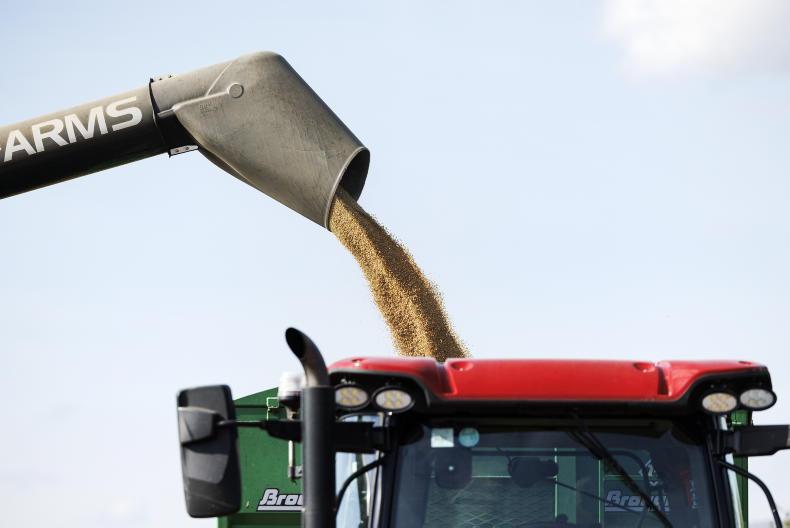



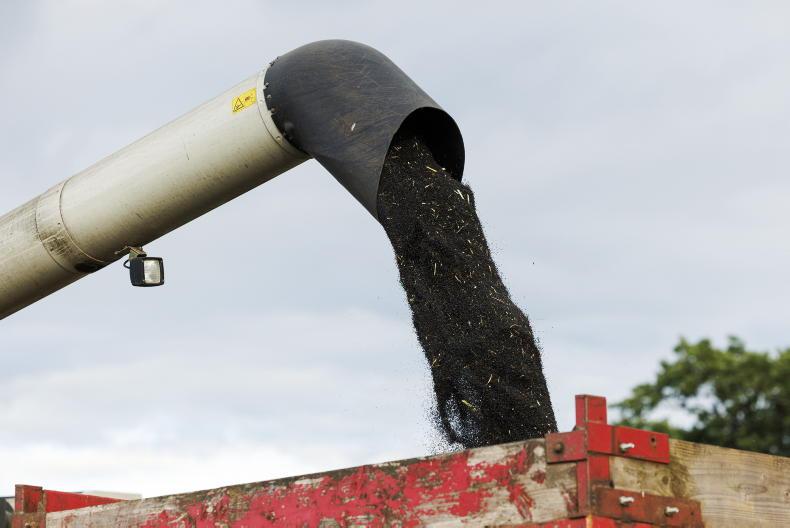
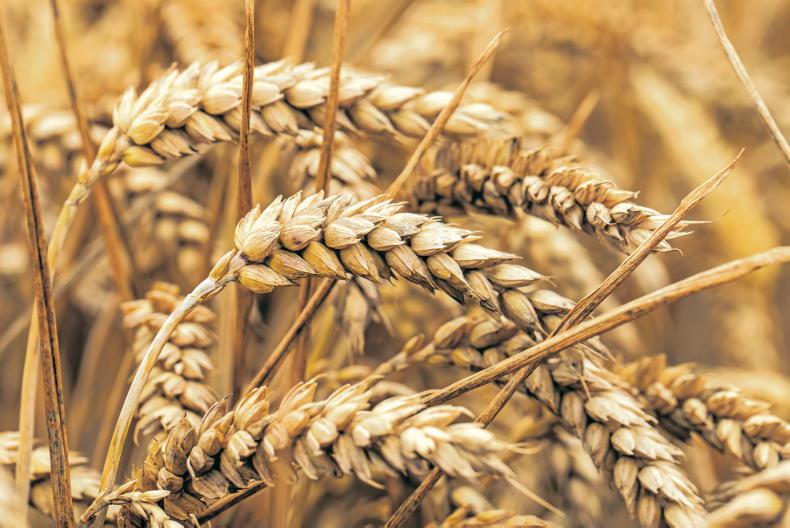
SHARING OPTIONS